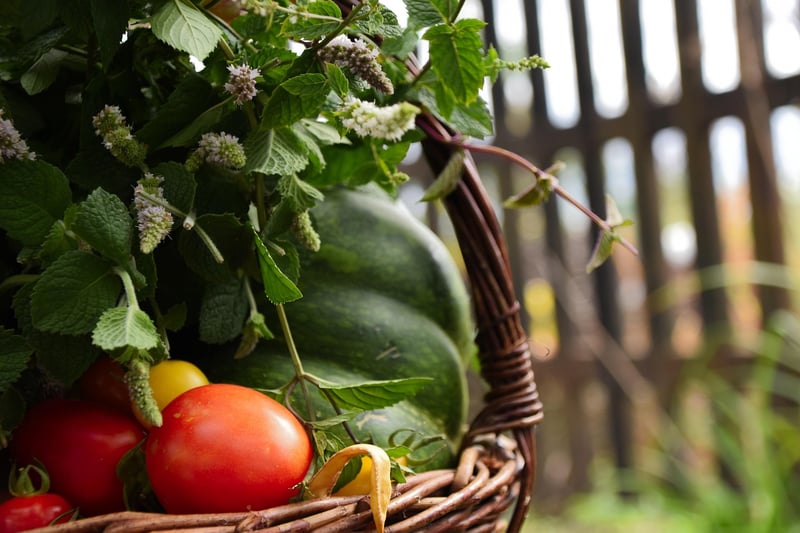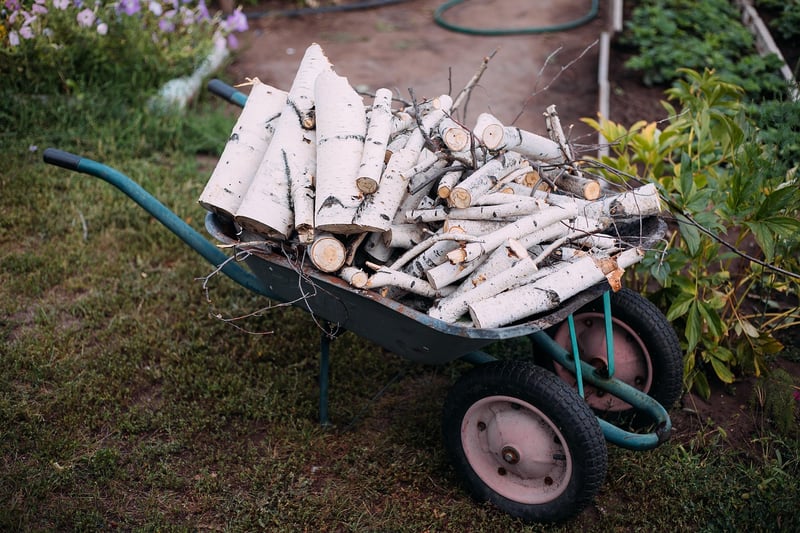Best Vegetables for Vertical Gardens
Tips for Selecting Plants in Vertical Gardens
1. Consider Light Requirements
Choose plants that are suitable for the amount of light your vertical garden receives. Some plants require full sun, while others thrive in shade.
2. Size Matters
Consider the mature size of the plants you select. In a vertical garden, you want to choose plants that won't outgrow the space or overshadow other plants.
3. Watering Needs
Plants in vertical gardens may require more frequent watering due to their vertical orientation. Select plants that have similar watering needs to make maintenance easier.
4. Texture and Color
Choose plants with a variety of textures and colors to create visual interest in your vertical garden. Mix foliage plants with flowering plants for a dynamic display.
5. Maintenance Requirements
Consider how much time you can dedicate to maintaining your vertical garden. Select plants that fit your maintenance schedule, whether you prefer low-maintenance plants or don't mind a bit of upkeep.
Best Vegetables for Vertical Gardens
If you're looking to grow vegetables in your vertical garden, consider these options:
- Tomatoes: Choose compact varieties like cherry tomatoes that can thrive in containers.
- Peppers: Bell peppers and chili peppers are great choices for vertical gardens.
- Lettuce: Leafy greens like lettuce are perfect for vertical planters and can be harvested regularly.
- Herbs: Basil, mint, parsley, and other herbs do well in vertical gardens and can be easily accessed for cooking.
- Cucumbers: Opt for bush varieties of cucumbers that can be trained to grow vertically.
Vertical gardens are a versatile way to grow plants in limited space, whether you're looking to add greenery to a small balcony or grow vegetables in a tight urban setting. By selecting the right plants and vegetables for your vertical garden, you can create a beautiful and productive space.


